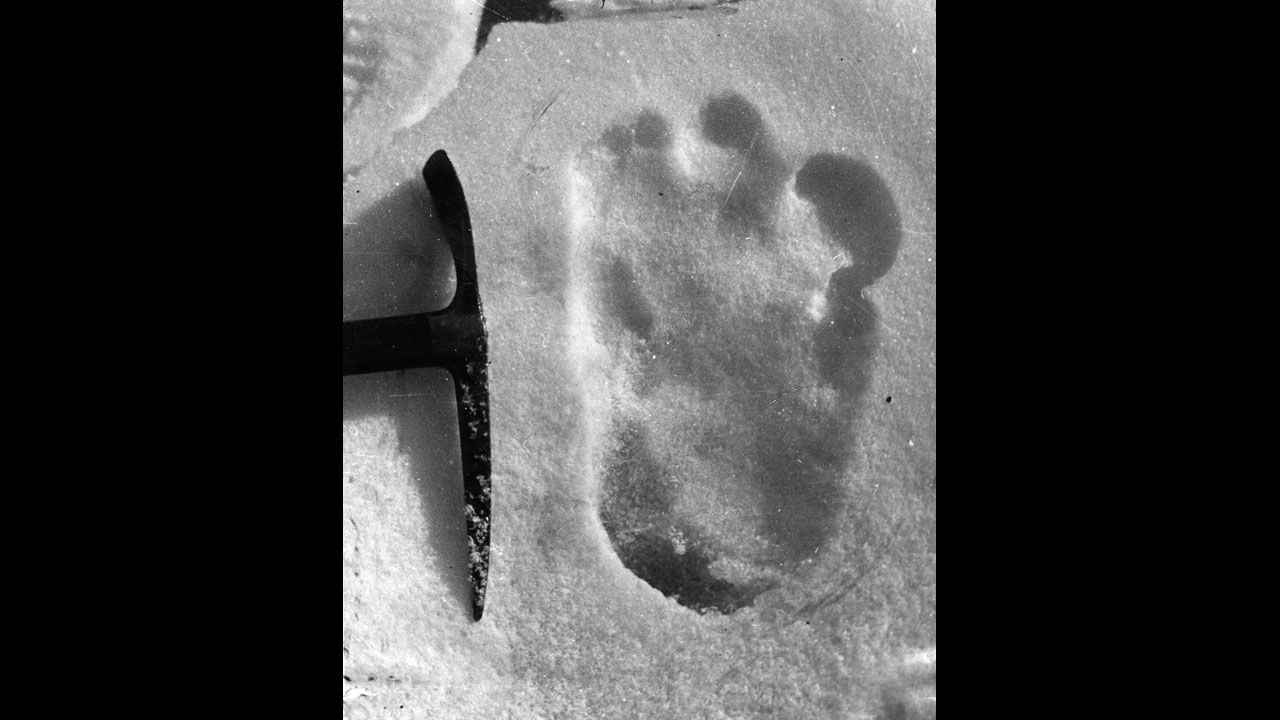The Yeti of the Himalayas and the Sasquatch of North America are two of the most famous elusive, hairy giants in folklore. The Yeti is a towering, shaggy creature that resembles an ape, while the Sasquatch is a large, hairy bipedal creature that roams the forests of North America. Despite numerous reported sightings, no conclusive evidence has been found to support the existence of these creatures. The legend of the Sasquatch has its roots in the folklore of many Native American tribes, while the Yeti has been a part of Himalayan folklore for centuries. Both creatures continue to fascinate people worldwide.
The Yeti vs. The Sasquatch: Comparing the Elusive, Hairy Giants of Himalayan and North American Folklore
For centuries, stories of elusive, hairy giants have circulated in different parts of the world. Two of the most famous are the Yeti of the Himalayan Mountains and the Sasquatch of North America. Both are said to be enormous, bipedal creatures with long, shaggy hair and an elusive nature that has made them a focus of curiosity and fascination for adventurous explorers, cryptozoologists, and the curious public.
The Yeti
The Yeti, also known as the Abominable Snowman, is said to be a towering, shaggy creature that roams the Himalayan Mountains of Nepal, Tibet, and Bhutan. The creature is said to resemble an ape, with long, powerful arms, and a muscular body covered in thick, matted fur.
Despite numerous reported sightings, little concrete evidence has been found to support the existence of the creature. Nevertheless, the myth of the Yeti has persisted, fueled by tales of mysterious tracks found in the snow, and occasional glimpses of the creature by trekkers and climbers in the region.
Origins and History
The Yeti has been a part of Himalayan folklore for centuries. The creature is believed to be a protector of the mountaintops, revered by the people who live in the regions where it is said to roam. However, it wasn’t until the early 20th century that the creature became known to the rest of the world.
In 1921, a British explorer named Charles Howard-Bury reported seeing strange tracks in the snow while exploring the Everest region of Nepal. A year later, a British mountaineering team led by George Mallory reported hearing “mysterious cries” while they were on the mountain. The team speculated that the cries came from a large, undiscovered creature, and the legend of the Yeti was born.
Sightings and Evidence
Despite numerous reported sightings, no conclusive evidence has been found to prove the existence of the Yeti. Most of the evidence consists of footprints, which are usually dismissed as the prints of bears or other animals.
One of the most compelling pieces of evidence is a scalp that was found in Nepal in the 1950s. The scalp was said to belong to a Yeti, but DNA testing later revealed that it was actually from a species of goat.
The Sasquatch
The Sasquatch, also known as Bigfoot or the Wildman of the Woods, is said to be a large, hairy creature that roams the forests of North America. Like the Yeti, the Sasquatch is said to be a bipedal creature, with long, shaggy hair covering its entire body.
Reports of the Sasquatch date back as far as the mid-1800s, and have continued to the present day. Despite numerous reported sightings and alleged evidence, no concrete proof of the creature’s existence has been found. Nevertheless, the Sasquatch has become a popular subject of fascination for many people, and has inspired countless books, movies, and TV shows.
Origins and History
The legend of the Sasquatch has its roots in the folklore of many Native American tribes. The creature was believed to be a spiritual being, with great power and wisdom. However, it wasn’t until the mid-1800s that reports of the creature began to circulate among non-Native Americans.
One of the earliest sightings of the Sasquatch by a non-Native American was reported in 1840, when a trader named Paul Kane reported seeing a large, ape-like creature while travelling in the Pacific Northwest. Since then, there have been countless reported sightings of the creature, which has become an enduring symbol of North American folklore.
Sightings and Evidence
Like the Yeti, most of the evidence for the Sasquatch consists of footprints and eyewitness accounts. However, there have also been alleged pieces of physical evidence, including tufts of hair, wood knocks, and even alleged recordings of Sasquatch vocalizations.
One of the most famous pieces of evidence is the Patterson-Gimlin film, which purportedly shows a Sasquatch walking through the woods. The film, which was shot in 1967, is still hotly debated, with some people arguing that it is a hoax, while others believe that it shows concrete evidence of the creature’s existence.
Comparing the Yeti and Sasquatch
Despite their similarities, there are also some key differences between the Yeti and the Sasquatch. Here are a few of the most notable:
Appearance
The Yeti is said to be a larger, more muscular creature than the Sasquatch, with a body covered in longer, shaggier hair. The Sasquatch is said to be taller and thinner, with shorter, wiry hair covering its body.
Geography
The Yeti is said to roam the high-altitude mountain ranges of the Himalayas, while the Sasquatch is said to live in the dense forest areas of North America.
Evidence
While both creatures have been the subject of numerous reported sightings and alleged evidence, neither has produced any conclusive proof of their existence. Most of the evidence for both creatures consists of footprints and eyewitness accounts, which are often dismissed as unreliable.
Conclusion
The legend of the Yeti and the Sasquatch has persisted for centuries, fueled by a mix of folklore, mythology, and reported sightings. Despite the lack of concrete evidence, the creatures remain a fascinating subject for many people, and are likely to continue to be a part of our collective imaginations for years to come.
